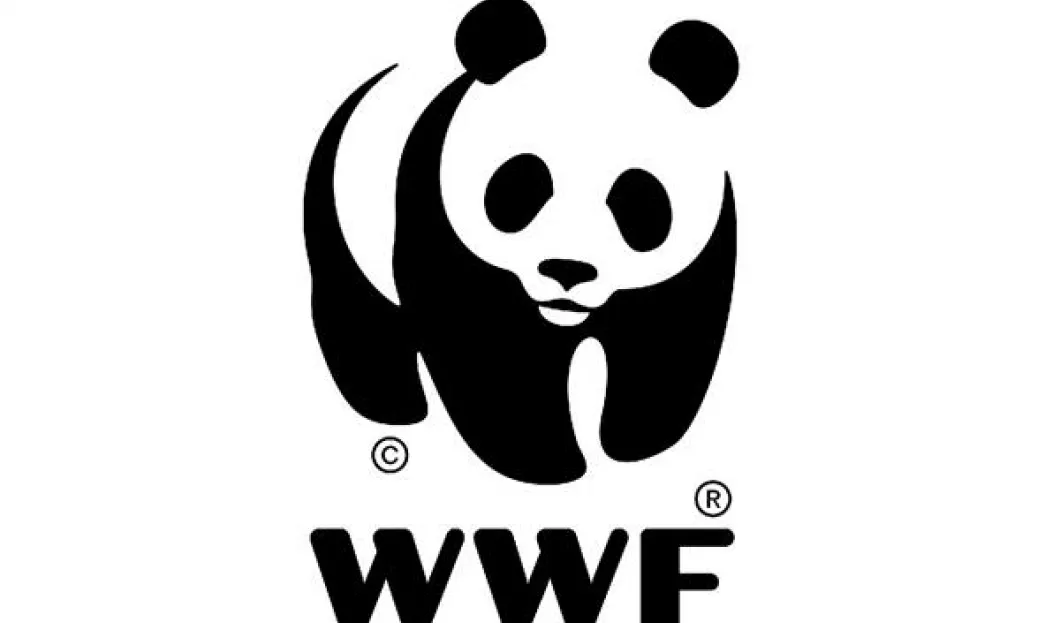
Wellington, New Zealand - Less than a month before world leaders meet at a major environmental summit, a new report warns that New Zealand is failing to protect some of its iconic species and habitats following a series of broken promises made at the Earth Summit 20 years ago.
‘Beyond Rio’ is released today by global conservation organisation WWF ahead of next month’s meeting on sustainable development in Rio de Janeiro, the location of the groundbreaking 1992 Earth Summit. At the historic summit New Zealand signed up to a series of agreements to tackle climate change, conserve biodiversity and live more sustainably.
However WWF’s report reveals the nation is falling short on important commitments made on greenhouse gases, water quality, land and marine biodiversity, fisheries and education for sustainability.
Chris Howe, Executive Director of WWF-New Zealand said, “Aotearoa, the land of the long white cloud, is now a land of polluted rivers and lakes, rising greenhouse gas emissions, pressured marine ecosystems and disappearing bird and mammal species.
“While it is important for the government to constructively engage in the upcoming summit, we should not lose sight of the many commitments that already exist. If New Zealand’s political leaders had made good on the promises made back in 1992, then we wouldn’t be faced with such a battle to turn things around. ”
Key findings of the report include:
• Increased pollution in our lakes and rivers, including 43 per cent of monitored lakes in NZ now classed as polluted and an estimated 18,000-34,000 people annually catching waterborne diseases.
• More than 60 per cent of native freshwater fish as well as the only freshwater crayfish and mussel species are now threatened with extinction.
• Seven of New Zealand’s ten official ‘indicator species’ for measuring biodiversity status are threatened. The Kokako, for example, has suffered a 90 per cent contraction in its range since the 1970s.
• Iconic species such as Maui’s dolphins and NZ sea lions are listed as ‘nationally critical’. Only an estimated 55 Maui’s over the age of one year remain and NZ sea lion pup numbers have halved over the past 12 years at their main breeding area in the Auckland Islands.
• Almost two-thirds of New Zealand’s seabird species are listed as threatened with extinction. The main threats to seabirds are predation by introduced mammals, fishing methods and human disturbance.
• New Zealand’s gross emissions have risen by 20% since 1992, due to increased pollution from energy, transport, agriculture and industry sectors. Even with our weakened Emissions Trading Scheme, emissions are projected to continue to rise.
Although the picture looks bleak, the report points to solutions that can help New Zealand improve its environmental record and restore integrity to its international commitments.
“Solutions do exist to the problems we face, but the political will has been sorely lacking,” said Chris Howe. “As world leaders prepare to meet again in Rio this June, we urge John Key’s government to heed this report’s wake up call and, regardless of new agreements, take immediate steps honour our existing international commitments.”
“New Zealand’s future social and economic well-being is dependant on functioning and flourishing ecosystems. Sustainability must be put at the heart of decision-making to ensure a future where people live in harmony with nature.”
- Ends -
For more information contact
Rosa Argent, WWF-New Zealand Communications Manager
rargent@wwf.org.nz, 04 471 4292 / 027 212 3103










